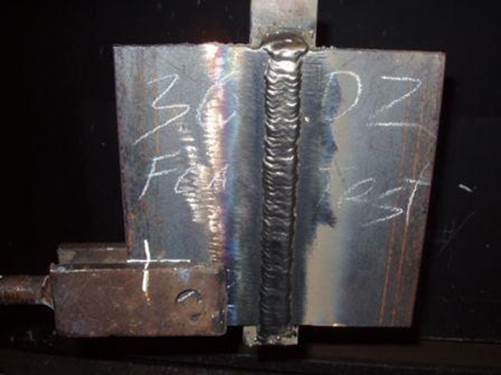ASME Section IX Heat Input Calculation and Qualification Range
This article provides information about ASME Section IX Heat Input Calculation and qualification range. The heat input is supplementary essential variable in the most welding process, it means if the construction code e.g. ASME Code Section VIII is not requiring the impact testing, then heat input will be nonessential variable.

The Heat Input calculation is covered in ASME Section IX Training Course. The API 510 Training, API 570 Training and API 653 Training Course also covers this calculation.
When minimum design metal temperature and thickness combination required impact testing, then heat input matters. In this case, the heat input must be calculated based on following formula, and your WPS must be re-qualified (new PQR) if there is an increase in your heat input for new job:
Heat Input = [(Voltage x Amperage) x 60]/ Travel Speed
if your travel speed unit is inch/ min then your heat input unit will be J/inch
If your WPS is qualified with Hard facing overlay or corrosion resistance overlay, then 10 % increase in the heat input will be nonessential variable but more than 10% increase in the heat input will be essential variable.
Example for ASME Section IX Heat Input Calculation
For instance if you welding process is Gas Tungsten Arc Welding (GTAW) and your voltage is 15 V and your amperage is 100 A, and the welder travel speed is 5 inch/min then the heat input will be
Heat Input = (15 x 100)x60/ 5 = 18000 J/inch
So if you have any job that you need higher heat input above 18000 J/inch, then you need to requalify your WPS, but if this is about hard-facing overlay or corrosion resistance overlay process, then this heat input can be increased up to 19800 J/inch ( 10 % of 18000) without WPS requalification.
The ASME Section IX Training Course is 2 days video training course and available online and the student that successfully pass the exam, receive I4I academy certificate with 16 hours training credit.